I've run out of pictures of manuscripts from Benevento (see previous posts 1 and 2), so now to complete the set, a few pictures of the town. As a town, it hasn't really mattered in centuries, not politically since the 11th century most likely. Since then there was a slight blip on the radar when Pope Benedict XIII was elevated, as he had been archbishop of the city, but nothing else to speak of. Back in the day it was the capitol of an independent Lombard Duchy, and before that a rather important Roman trading post, as it is located on a junction in the Appian way.
| Closeup of the Arch of Trajan, one of the best preserved Roman triumphal arches | Facade of the Santa Sophia church in Benevento. The stucco work is Baroque but the church is from the 8th Century. It is thought that the manuscript Benevento 40 was written in/for this church |
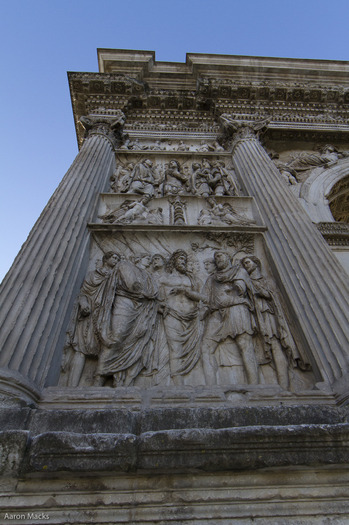 |  |
| Interior of Santa Sophia. Most of the interior frescos have been removed. This is a view of the dome looking towards the altar/apse | Interior of Benevento Cathedral looking towards the high altar. Dedicated to the Assumption of the Virgin Mary, it was destroyed by allied bombs in 1943 and rebuilt in a severe modern style in the 1950s |
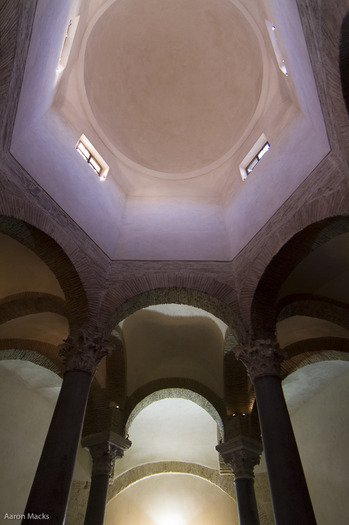 | 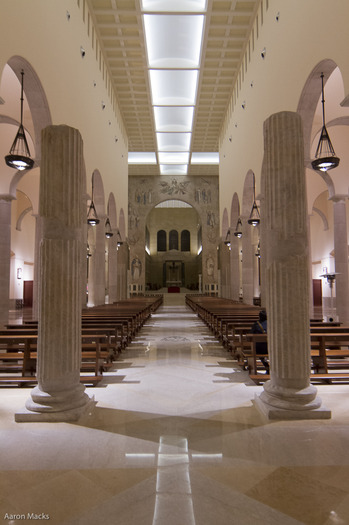 |
| Original Doors of the Cathedral. These are assembled of bronze plaques. The top 6 courses show scenes from the Bible, primarily the life of Jesus. The bottom three have depictions of all the Archbishops of the city from the time it became a episcopal see until the building of the Cathedral in the 13th Century. These were severely damaged during the 1943 bombing, but have been restored and put on display inside the narthex of the cathedral. | Part of the replica cathedral doors and the original marble frame. These are the exterior doors, copied from the remaining panels of the original. The intricate marble carving around the frame is also original |
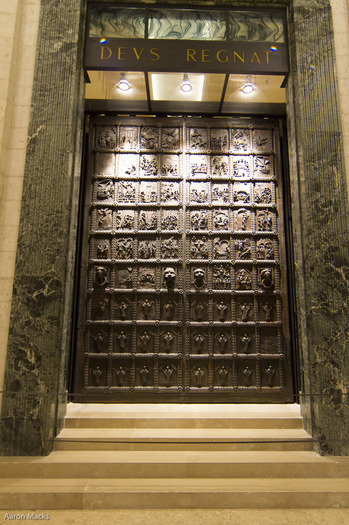 |  |
| Interior chapel of St. Jerome in the church of the Annunciation Benevento. This chapel honors Pope Benedict XIII, formerly Pietro Orsini, archbishop of Benevento in the 18th Century. The rococo multi-color stonework is common in southern Italy. | Interior of St. Jerome, looking from the altar towards the entrance. Because this was built originally as part of a convent, the second floor has long passage ways with grills, allowing the nuns to look out on the service without beeing seen. The church is being rennovated due to damage suffered in a recent earthquake |
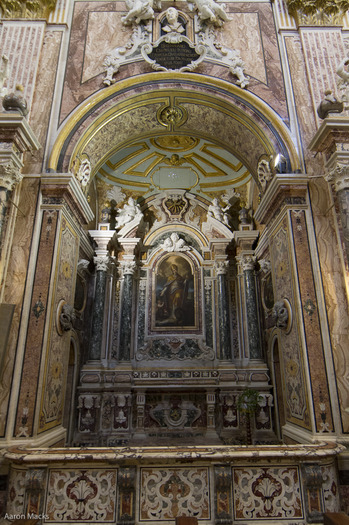 | 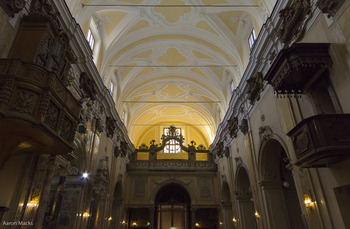 |
A



Leave a comment